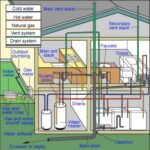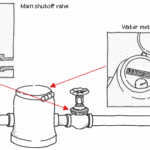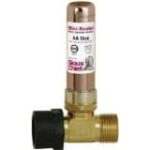Learn the best ways to fix frozen pipes with this in-depth guide. Covers breaking ice blockages, insulating pipes, and preventing frozen pipes.
Breaking An Ice Blockage
Insulating Water Pipes
Pipe Freeze Prevention
When weather is very cold, water in pipes exposed to outdoor temperatures may freeze. The first sign of this condition is blocked or reduced water flow at faucets. If you don’t act quickly, pipes may burst.
Finding a frozen blockage may be difficult. At the first sign of a block, open the faucet and follow the supply pipe to where the pipe passes near exterior walls or runs outside of heated areas.
There is often an outdoor faucet (also called a hose bibb or hydrant) located where the water supply enters the house.
Breaking An Ice Blockage
Melting the ice in a pipe is easy, using any of several heating devices: a heat gun, hair dryer, heating pad, heat lamp, or, in a pinch, a propane torch (be very careful to shield flammable materials from the flame). Leave a nearby faucet open so water can drain.
Insulating Water Pipes
After the ice has melted and the pipes have cooled down, prevent them from freezing again by jacketing them with foam insulation sleeves. Put pipe insulation around all the pipes that pass through unheated spaces to protect them from freezing. You can buy tubular, sleeve-type foam insulation. Each tube is sliced along its length. You slip it onto the pipe like a jacket. Simply cut pieces to length with a utility knife and push them onto the pipes.
On outdoor pipes, insulation should extend about 12 inches below the frost line, which represents the average depth at which soil is likely to freeze year after year.
Pipe Freeze Prevention
To prevent pipes from freezing in the first place, there are a few things you can do:
- Make sure outdoor pipes are buried below the frost line. If they’re not—and your home is in an area that has frequent freezes—you may want to consider having this work done by a qualified plumbing contractor.
- As discussed above, insulate pipes that are exposed to the outdoors or that run in unheated crawlspaces, basements, attics, and walls. Insulate the cavities where water pipes run—between floor joists and wall studs, for example.
- Install a non-freeze outdoor hose faucet or hydrant as discussed in this helpful video by Julio Caluori at Go2Learn.



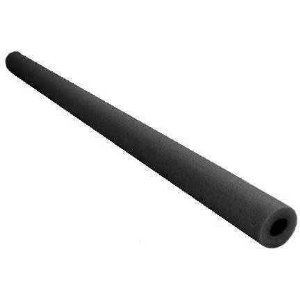

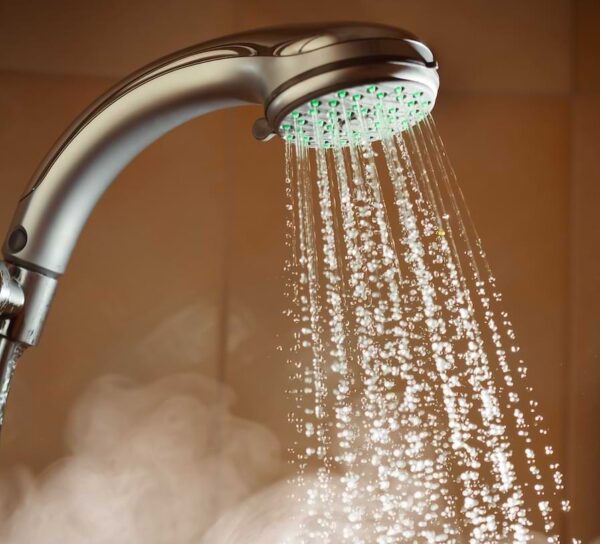


 Don Vandervort writes or edits every article at HomeTips. Don has:
Don Vandervort writes or edits every article at HomeTips. Don has:
